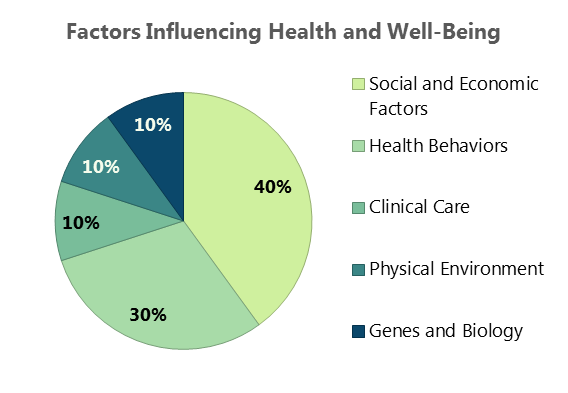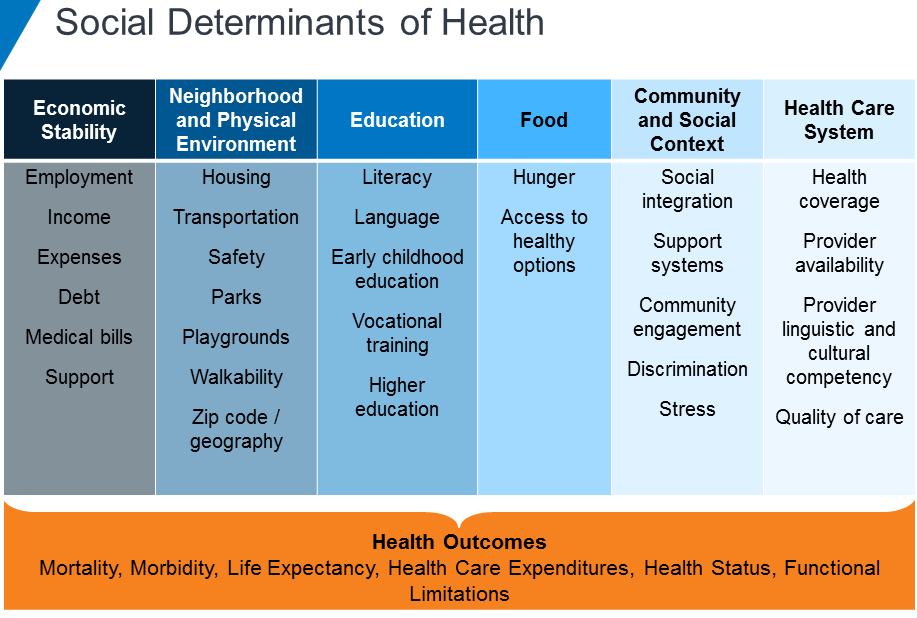The top 5 challenges facing healthcare today can all be mitigated by a healthier revenue cycle. This blog will explore changes you can make in your rev cycle to address and even conquer these challenges, outlined by Managed Healthcare Executive.
Challenge #1: Costs & Transparency
It’s a bit shocking that we’re going into 2020 with so many offices not being able to accurately confirm a patient’s eligibility or provide an accurate out-of-pocket amount that will be owed for the service provided. If your team struggles with providing this information, there are tools you can easily implement to remove these challenges.
The right patient access solution (as part of a revenue cycle management platform) can help you reduce denials due to avoidable pre-service errors, which typically account for 50% of denials, in addition to:
- Increase revenue from payer and patient payments
- Spend less time tracking down patient information
- Increase staff productivity
- Reduce bad debt and avoidable write-offs
Challenge #2: Consumer Experience
Most Americans aren’t able to correctly define copay, deductible and premium. These same folks typically will avoid going to the doctor for recommended or even required services because they’re afraid of the cost and confused by the overall experience. After all, healthcare is the #1 cause of bankruptcies in the United States, so the fear is legitimate.*
It shouldn’t be unreasonable for a patient to know what to expect throughout their entire experience of receiving care. A strong revenue cycle management solution should be able to help you:
Identify –
- Patient’s coverage and benefit verification
- Patient’s financial responsibility
- Patient’s need for financial assistance vs. ability to pay
Communicate –
- The patient’s insurance coverage for service
- Set payment expectations (how much to pay now and methods of payment)
Collect –
- The amount the patient owes at the time of service
Providing this information to your patients not only ensures a positive experience for them, it relieves a huge burden from your staff by not having to deal with frustrated and confused patients. This resource guide can help you explain common healthcare terms to your patients. We encourage you to print it and make it available to your patients.
Challenge #3: Delivery System Transformation
Being able to provide care to those that don’t have easy access is a growing challenge.
Critical Access Hospitals (CAH), designated by the Centers for Medicare and Medicaid Services, are designed to reduce the financial vulnerability of rural hospitals and improve access to healthcare by keeping essential services in rural communities. Because of the immense financial constraints CAHs face, resources can’t afford to be wasted. Optimizing efficiencies within their revenue cycle provides a significant opportunity to reduce operating costs and improve productivity. These facilities should be required to use technology to optimize their revenue cycles so staff isn’t wasting time on activities that could be easily automated.
Challenge #4: Data & Analytics
Just having access to data isn’t enough. Revenue cycle teams need actionable data – they need to be able to make necessary changes and improvements based on the data they have. It’s great if you know what percentage of claims are being denied, but do you know why they’re being denied? Are there certain providers that are denying claims at a higher rate? Is there a specific procedure code that’s being denied more than any other?
Actionable data helps you:
- Gain insight into your data to inform your decisions regarding resource allocation, process improvement, and strategic rev cycle management.
- Access your rev cycle activity from disparate systems to identify contributing factors and investigate cause-effect relationships affecting claim denials and appeals.
- Monitor changes over time and anticipated reimbursement of claim denials, and identify root cause by payer, denial category, denial reason, CPT and more.
Challenge #5: Data Interoperability
Accessing data between disparate systems is a common challenge in healthcare. We’ve talked with large healthcare systems that are looking to consolidate their vendors, even if that means foregoing unique functionality that a specific vendor provides, in order to eliminate data silos.
The right revenue cycle solution should be able to feed data into your EHR and other critical systems so you can access your data wherever and whenever you need it. And the solution should be comprehensive enough to allow you to manage your entire revenue cycle process without needing additional vendors to supplement missing functionality.
The Bottom Line
Money makes the world go round. The revenue cycle is the lifeblood of a healthcare organization. If managed at it’s highest efficiency, your organization will reap the benefits of maximum reimbursements and staff productivity – with streamlined resources.
 Ken Magness is a focused healthcare professional with more than a decade of experience in helping clients understand the true value of automation in the revenue cycle management process. As the Strategic Initiatives Leader at Quadax, Ken and his team are passionate about connecting with healthcare providers to help them create and leverage the appropriate technology solutions to optimize the revenue cycle process and improve the experience of their patients and staff.
Ken Magness is a focused healthcare professional with more than a decade of experience in helping clients understand the true value of automation in the revenue cycle management process. As the Strategic Initiatives Leader at Quadax, Ken and his team are passionate about connecting with healthcare providers to help them create and leverage the appropriate technology solutions to optimize the revenue cycle process and improve the experience of their patients and staff.
Source:
*CNBC Medical Bills Are the Biggest Cause of US Bankruptcies: Study, Dan Mangan June 2013





 Ken Magness is a focused healthcare professional with more than a decade of experience in helping clients understand the true value of automation in the revenue cycle management process. As the Strategic Initiatives Leader at Quadax, Ken and his team are passionate about connecting with healthcare providers to help them create and leverage the appropriate technology solutions to optimize the revenue cycle process and improve the experience of their patients and staff.
Ken Magness is a focused healthcare professional with more than a decade of experience in helping clients understand the true value of automation in the revenue cycle management process. As the Strategic Initiatives Leader at Quadax, Ken and his team are passionate about connecting with healthcare providers to help them create and leverage the appropriate technology solutions to optimize the revenue cycle process and improve the experience of their patients and staff.

 Ken Magness is a focused healthcare professional with more than a decade of experience in helping clients understand the true value of automation in the revenue cycle management process. As the Strategic Initiatives Leader at Quadax, Ken and his team are passionate about connecting with healthcare providers to help them create and leverage the appropriate technology solutions to optimize the revenue cycle process and improve the experience of their patients and staff.
Ken Magness is a focused healthcare professional with more than a decade of experience in helping clients understand the true value of automation in the revenue cycle management process. As the Strategic Initiatives Leader at Quadax, Ken and his team are passionate about connecting with healthcare providers to help them create and leverage the appropriate technology solutions to optimize the revenue cycle process and improve the experience of their patients and staff.




